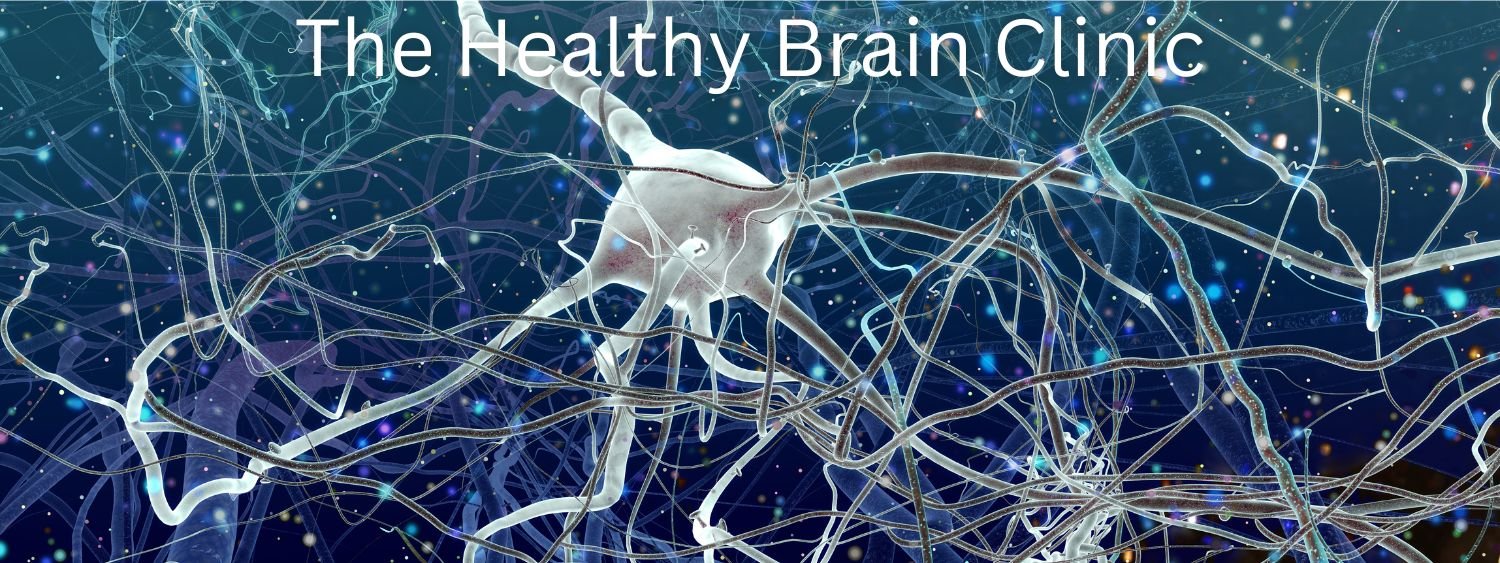
What is QEEG?
Quantitative Electroencephalography (QEEG) is an advanced, data-driven approach to evaluating the brain’s functional activity. By recording and systematically analyzing the brain’s electrical signals, QEEG provides a detailed, functional “map” of neural pathways and their dynamic interplay. This method identifies areas of optimal performance as well as regions that may require targeted clinical intervention.
QEEG findings guide the development of personalized therapeutic strategies, including QEEG-informed neurofeedback training. By reinforcing adaptive brainwave patterns, neurofeedback promotes improved attentional control, diminished stress reactivity, enhanced mood regulation, and overall cognitive optimization.
While imaging modalities such as MRI, CT, or PET scans offer valuable insights into the brain’s anatomical integrity—identifying structural abnormalities like those stemming from injury, stroke, or tumor—QEEG focuses on the functional aspects of brain activity. Notably, even when standard imaging appears normal, QEEG can detect dysregulated brain function, thereby enabling targeted, evidence-based interventions to support more effective, long-lasting clinical outcomes.


